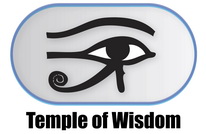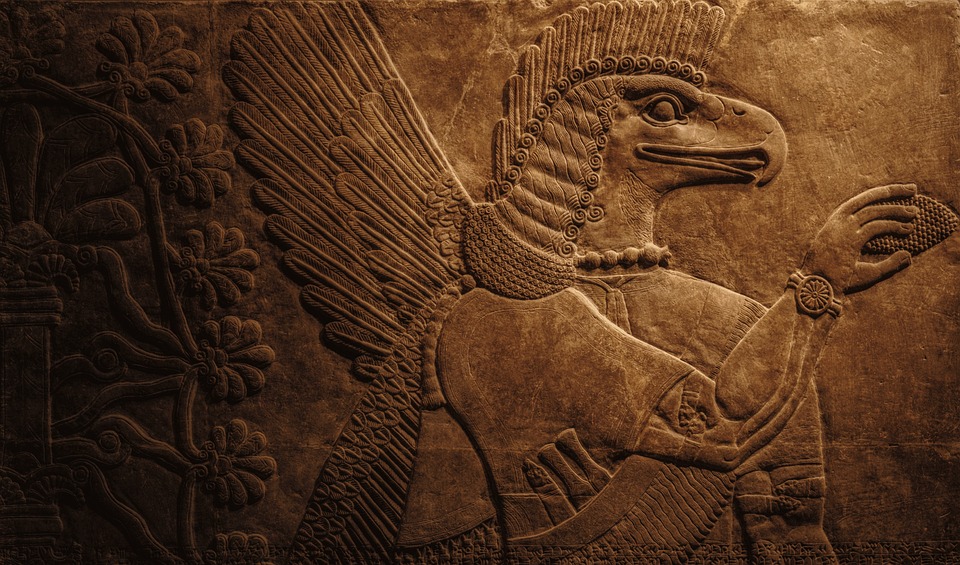
The orbits of planets in our solar system are not perfect circles but instead, they have different shapes. The shape of a planet’s orbit is influenced by a variety of factors, including the mass and distance of the planet from the Sun, as well as gravitational interactions with other planets and celestial bodies.
To begin with, let us first understand the shape of the planetary orbits. The orbits of planets in the solar system are classified into two types, circular and elliptical. A circular orbit is one in which the planet moves around the Sun at a constant distance, while an elliptical orbit is one in which the planet’s distance from the Sun varies throughout the orbit.
Now let us consider the factors that influence the shape of a planet’s orbit in detail.
Mass and distance of the planet from the Sun: The mass and distance of a planet from the Sun are the primary factors that determine the shape of its orbit. The greater the mass of the planet, the more gravitational force it exerts on the Sun, which in turn affects the shape of its orbit. The distance of a planet from the Sun also plays a significant role in determining the shape of its orbit. The farther a planet is from the Sun, the weaker the gravitational force it experiences, which causes its orbit to be more elliptical. For example, the orbits of planets like Mercury and Venus, which are closer to the Sun, are almost circular, while the orbits of outer planets like Uranus and Neptune are highly elliptical.
Gravitational interactions with other planets: The gravitational interactions between planets can also affect the shape of their orbits. When two or more planets are close to each other, their gravitational forces can pull on each other, causing changes in their orbits. These gravitational interactions can cause the orbit of a planet to become more elliptical or even cause it to become unstable and eventually collide with another planet or be ejected from the solar system. For example, the orbit of Pluto was influenced by the gravitational pull of Neptune, which caused it to cross Neptune’s orbit and eventually led to its reclassification as a dwarf planet.
Tidal forces: Tidal forces are another factor that can influence the shape of a planet’s orbit. Tidal forces occur when the gravitational force of one body is stronger on one side of another body than on the other side. In the case of planets, tidal forces can be caused by the gravitational pull of the Sun or other planets. These forces can cause a planet’s orbit to become more elliptical, or in extreme cases, they can cause the orbit to become unstable and the planet to be ejected from the solar system.
Non-gravitational forces: Non-gravitational forces, such as radiation pressure from the Sun, can also influence the shape of a planet’s orbit. Radiation pressure is caused by the momentum of photons from the Sun, which can push on a planet and cause its orbit to change. This effect is more pronounced on smaller bodies like comets and asteroids, which can have highly elliptical orbits due to the influence of radiation pressure.
In conclusion, the shape of a planet’s orbit in the solar system is influenced by several factors, including the mass and distance of the planet from the Sun, gravitational interactions with other planets and celestial bodies, tidal forces, and non-gravitational forces. These factors can cause a planet’s orbit to be circular or elliptical and can also cause changes in the planet’s orbit over time. Understanding the factors that influence the shape of planetary orbits is crucial for predicting the behavior of planets in our solar system and for understanding the formation and evolution of planetary systems in the universe.







